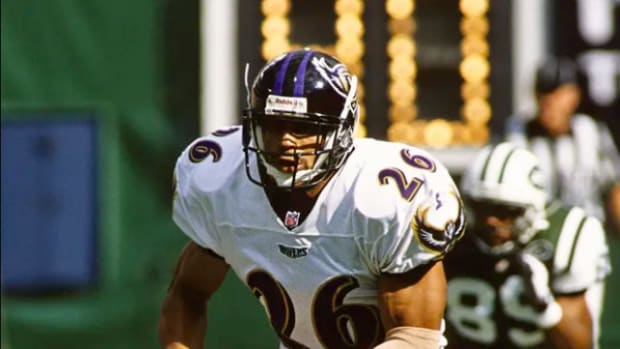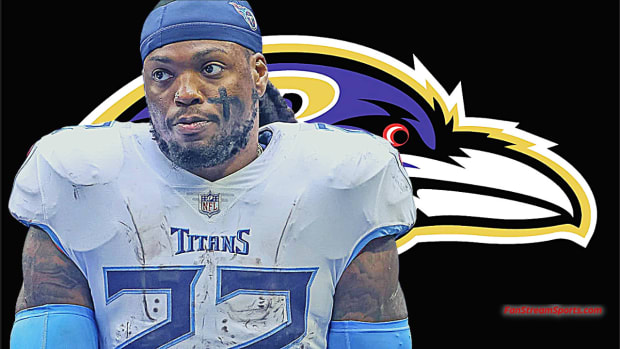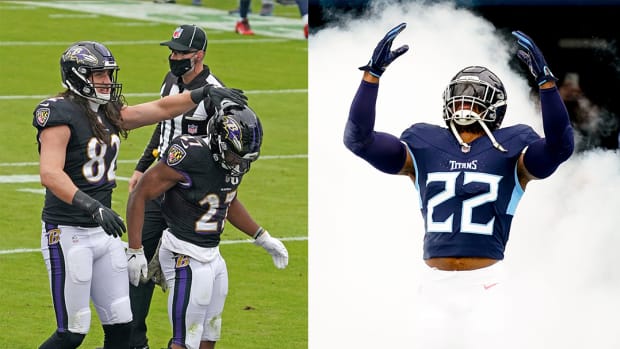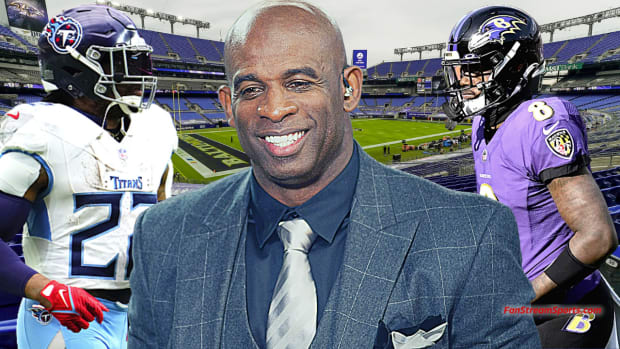Louisville Rates Highly As A 'Quarterback U' with Jackson, Bridgewater
Lamar Jackson and Teddy Bridgewater, a pair of former University of Louisville quarterbacks, are dynamic young playmakers in the NFL.
That designation also propelled the Cardinals into the upper tier of Sports Illustrated's top college programs for producing quarterbacks. SI crunched 10 years’ worth of data to determine — based solely on the numbers — which college programs have the right to brand themselves the modern “U.”
Louisville was tied for third with Auburn behind No. 1 Oklahoma and No. 2 Florida State.
The scoring system consisted of:
Draft Position
Top 10: 4 points
Round 1 (non-top 10): 3 points
Rounds 2-3: 2 points
Rounds 4-7: 1 point
Undrafted: 0 points
NFL Games Started
80-plus: 5 points
48 to 79: 4 points
16 to 47: 3 points
5 to 15: 2 points
1 to 4: 1 point
NFL Awards
MVP: 5 points
Offensive Rookie of the Year: 2 points
The top 10 programs are ranked as:
1. Oklahoma, 28 points
2. Florida State, 20
3(tie). Auburn, 17
3(tie). Louisville, 17
5(tie). Texas A&M, 14
5(tie). USC, 14
7(tie). Baylor, 12
7(tie). N.C. State, 12
7(tie). Texas Tech, 12
10(tie). Missouri, 11
10(tie). Oklahoma State, 11
10(tie). Stanford, 11
"With three No. 1 overall picks (Sam Bradford in 2010, Baker Mayfield in ’18 and Kyler Murray in ’19), no program comes close to the Sooners. Even if Texas Tech transfers Baker Mayfield and Davis Webb had their achievements, along with Patrick Mahomes’s, count toward the Red Raiders’ score, it wouldn’t be enough to pull them even with Oklahoma," SI wrote.
"Six of the Top 14 QBU schools are current or former Big 12 programs. There are myriad reasons for this, including the rise of the spread offense, but clearly steady access to the state of Texas helps. Nine of the 16 NFL QBs these schools produced were from the Lone Star State. Six of those nine quarterbacks were first-round picks, including four top-10 selections (Murray, Mayfield, Mahomes and Robert Griffin III). Incredibly, the University of Texas had just one QB drafted the last decade — Colt McCoy in 2010—and just six offensive players drafted overall."
Louisville, which also produced former Baltimore Colts quarterback and Hall-of-Famer Johnny Unitas, also staked its claim as a top program.
Jackson, a first-round pick by the Ravens in the 2018 NFL Draft, had one of the most successful regular seasons by any quarterback in NFL history. He completed 265 of 401 passes for 3,127 yards and an NFL-high 36 touchdowns, which was also a franchise record. Jackson finished with 1,206 yards rushing — sixth best in the league and the most by a quarterback in NFL single-season history.
Jackson is the only quarterback in NFL history to produce at least 3,000 passing yards and 1,000 rushing yards in a season. He is also just the third quarterback in league history to produce at least 35 passing touchdowns and seven rushing touchdowns in a season, joining Steve Young (1994) and Cam Newton (2015).
Jackson became just the second player in NFL history to win the NFL's Most Valuable Player by a unanimous vote, joining Tom Brady in 2010. He is also the youngest quarterback to win the award at age 23.
He is just the ninth player to win both the Heisman Trophy and NFL MVP, joining Frank Sinkwich (1944), Paul Hornung (1961), Roger Staubach (1971), O.J. Simpson (1973), Earl Campbell (1978 and 1979), Marcus Allen (1985), Barry Sanders (1997) and Cam Newton (2015).
Bridgewater, a former first-round pick of the Vikings in the 2014 draft, recently signed a three-year, $63 million deal, with the Panthers. He has 7,652 passing yards and 38 touchdowns with a 65.2 completion percentage over 44 career games and has gone 22-12 as a starter.
However, Bridgewater has missed almost two full seasons (2016-17) because of a knee injury.
Research by Reid Foster and Gary Gramling.




